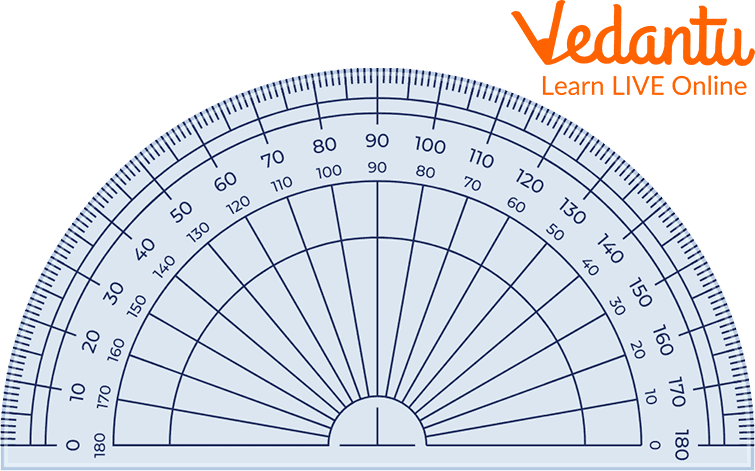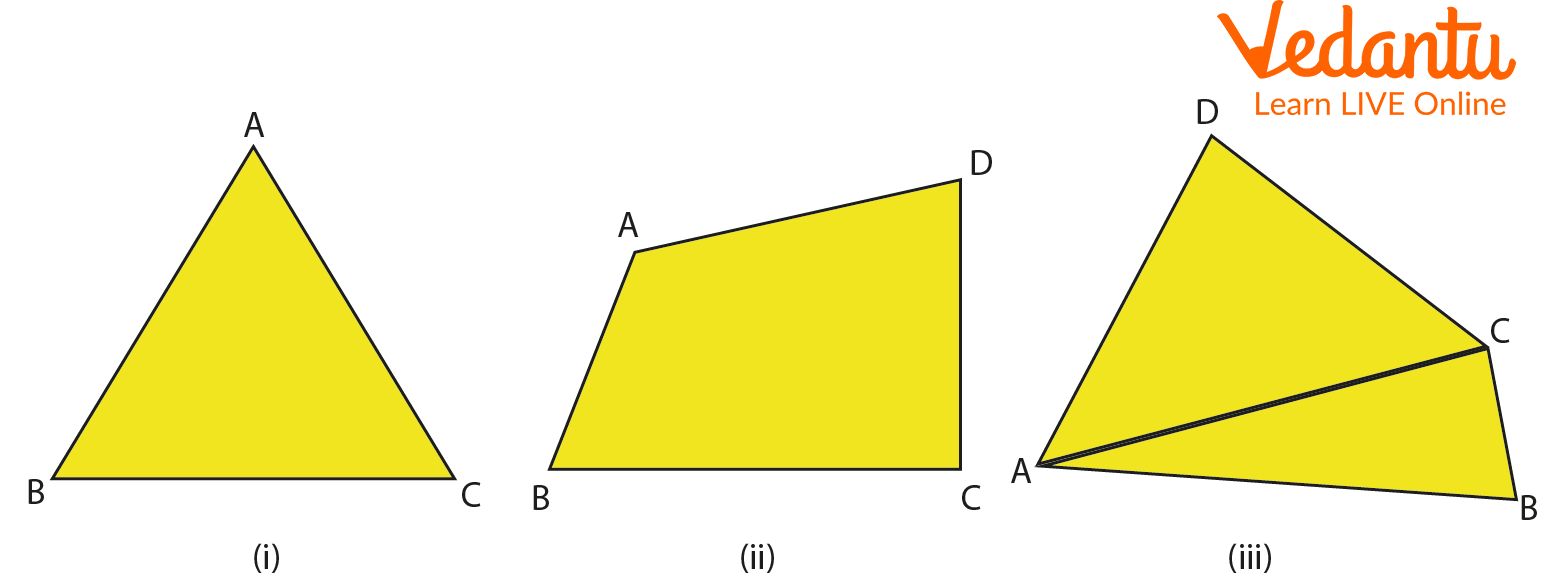




How Do Angles Impact Geometry and Everyday Problem-Solving?
An angle measure can be defined as the measurement of an angle formed by the two rays or arms at a common vertex. We take the importance of angles for granted. Whenever two lines meet at a point, it forms an angle. The point where these lines meet is called a node or a vertex. The term "Angle" originated from the Latin "Angulus". If you look around, everything touching another surface is at some angle or the other.
Let's discuss the different types of angles, what they are called and how they are used in mathematics.
Types of Angles
Angles are named according to their measurements. Some of the angles which are important to understand include:
Acute angle
Acute Angle: An angle which is less than 90 degrees is acute.
Right Angle: An angle of exactly 90 degrees is a right angle.
Obtuse Angle: An angle greater than 90 degrees and less than 180 degrees is an obtuse angle.
Straight Angle: An angle which has a 180-degree angle is straight.

Different Types of Angles
Measurement of an Angle
To measure angle is typically thought to be the process of determining a specific angle, converting it into an equivalent angular measure and calculating its lower or upper tangent. The first question that comes to mind is, what is the definition of an angle?
The simple definition of an angle is the figure formed when two rays share a common endpoint.
The standard unit for measuring an angle is called a degree. The angles can be measured using a protractor.
We measure the angles with either a protractor or it can also be constructed using a compass.
An angle is measured in degrees, and so it is called degree measure—the measure of an angle formed by the two rays or arms at a common vertex.
Angle measurement is the amount of rotation from the initial to an endpoint of a ray.
The angle is said to be positive if the rotation is clockwise and negative if the rotation is anticlockwise.
Various units can measure Angles. The standard unit of measuring an angle is Degree and Radian.

Protractor
Use of Angles in Everyday Life
Here are a bunch of ways you can use angles to get the most out of your life!
Visualise: Angles can help you understand complex problems. For instance, with a problem that needs more than one angle to solve, you can draw the shapes and think about the angles easily.
Use Angles in Life: You can also use them in life. For example, driving is one of those activities where there are a lot of traffic signs. So drawing down an angle helps you remember what sign to look for in conversation.
Carpenters use them to measure precisely to build doors, chairs, tables, etc.
Athletes use them to gauge the distances of a throw and enhance their sports performance.
Engineers construct buildings, bridges, houses, monuments, etc., using angle measurement.
Solved Examples
Q 1. What is the measure of the angle in degrees between:
(i) North and West?
(ii) North and South?
(iii) North and South-East?

Direction
Ans: The measure of the angle between:
(i) North and west is $90^{\circ}$.
(ii) North and South is $180^{\circ}$.
(iii) North and South-East is $135^{\circ}$.
Q 2. How many angles are formed in the figures? Name them.

Angles
Ans: The angles formed in figure 1: $\angle{ABC}$,$\angle{ACB}$ and $\angle{BAC}$
The angles formed in figure 2: $\angle{ABC}$, $\angle{BCD}$, $\angle{CDA}$, $\angle{DAB}$.
The angles formed in figure 3: $\angle{ABC}$, $\angle{BCD}$, $\angle{CDA}$, $\angle{DAB}$, $\angle{CAB}$, $\angle{CAD}$.
Q 3. Write two examples of obtuse angles and reflex angles.
Ans: As we know, obtuse angles are the angles that measure less than $180^{\circ}$ and greater than $90^{\circ}$
Examples: $112^{\circ}, 177^{\circ}$
Reflex angles measure less than $360^{\circ}$ and greater than $180^{\circ}$.
Examples: $210^{\circ}, 300^{\circ}$
Practice Questions
Q 1. Classify the following angles into acute, obtuse, right and reflex angles:
(i) 35°
(ii) 185°
(iii) 92°
(iv) 260°
Ans: (i) 35°: Acute angle
(ii) 185°: Obtuse angle
(iii) 92°: Obtuse angle
(iv) 260°: Reflex angle
Q 2. Classify the given angle in the image.

Angle
Ans: The given angle is making an angle of 90 degrees. So it is a right angle.
Q 3. How many 45-degree angles are there in a straight angle?
Ans: A straight angle divided into two halves will be 90° each, and 90° divided into two halves will be 45° each. So, there are four 45° angles in the straight line drawn. Therefore, four 45° angles make a straight line.
Summary
This includes all about types of angles, classification of angles, and measurement of angles. We have studied it with very simple definitions. Two rays intersecting at the same point is an angle. In all geometry shapes, angles are present. Angles are expressed in degrees. An angle can be measured by using a Protractor. An angle is an arc that joins two points on a straight line.
FAQs on Importance of Angles in Mathematics: Concepts & Real-Life Uses
1. What is an angle in mathematics?
In mathematics, an angle is the figure formed by two rays, called the sides of the angle, that share a common endpoint, known as the vertex. The size of the angle is the amount of rotation required to move one ray to the position of the other ray.
2. How are angles measured, and what is the standard tool used?
Angles are typically measured in units called degrees (°). The most common tool used to measure the size of an angle is a protractor. To measure an angle, you align the protractor's baseline with one ray of the angle and place its center point on the vertex. The measurement is then read from the scale where the second ray crosses it.
3. What are the main types of angles based on their measurement?
Angles are classified into different types based on their degree measure. The primary types are:
- Acute Angle: An angle that measures less than 90°.
- Right Angle: An angle that measures exactly 90°.
- Obtuse Angle: An angle that measures more than 90° but less than 180°.
- Straight Angle: An angle that measures exactly 180°, forming a straight line.
- Reflex Angle: An angle that measures more than 180° but less than 360°.
4. Why is understanding and measuring angles important in everyday life?
Understanding angles is crucial in many real-world applications. For example, engineers and architects use angles to design stable and safe structures like buildings and bridges. Carpenters rely on precise angle measurements to build furniture. In sports, athletes use angles to aim throws or shots to improve performance. Even in navigation, directions like 'north-east' are based on angles relative to the cardinal points.
5. What is the difference between a right angle and a straight angle?
The key difference is their measure and appearance. A right angle measures exactly 90° and is typically represented by a square symbol at the vertex, forming a perfect corner like the corner of a book. A straight angle measures exactly 180° and forms a perfectly straight line. Essentially, a straight angle is equivalent to two right angles placed side-by-side.
6. How can you identify a reflex angle?
A reflex angle is any angle that is larger than a straight angle (180°) but smaller than a full rotation (360°). For example, if you have an acute angle of 40°, the remaining part of the full circle around the vertex forms a reflex angle of 320° (since 360° - 40° = 320°). It represents the 'longer path' of rotation between the two rays.
7. Is it possible to construct an angle without using a protractor?
Yes, it is possible to construct specific angles without a protractor by using only a compass and a straightedge (ruler). For example, you can construct a perfect 90° right angle by bisecting a straight line. From there, you can bisect the 90° angle to create a 45° angle, or construct a 60° angle using the compass set to a fixed radius. This method is fundamental in geometric constructions.

















